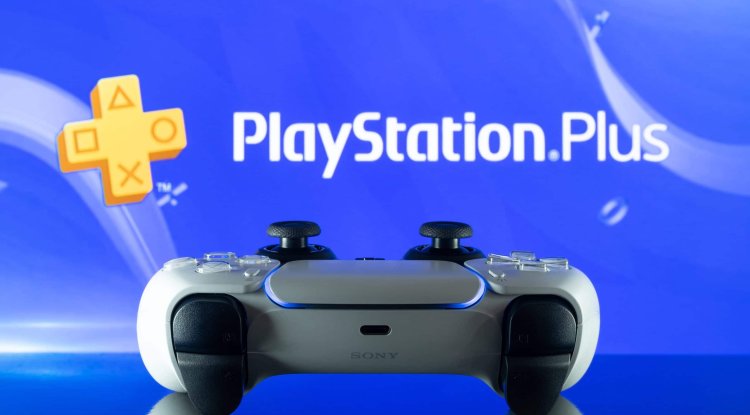Noise cancellation: What it is and how it works

Until recently, headphones were very simple, if rather bland, items. Noise cancellation was a feature reserved for the very wealthy, and few ordinary users were interested in it.
However, the selection of products with this feature is vast today, and it is worthwhile to investigate. This article will explain what noise cancellation is, how it works, and how it affects sound quality.
Before we begin, it is necessary to remember that noise cancellation systems are divided into passive (acoustic insulation) and active (or ANC) systems (Active Noise Control). The book focuses on the latter, which is the most popular and technologically advanced.
Because of physics, active noise cancellation technology is capable of eliminating outside noise. To be more specific, wave interference theory. We will try to explain it as simply as possible, even at the risk of oversimplification.
As you are all aware, the sound that we hear is a low-frequency wave (humans can only perceive waves below 20 kHz). When two or more waves collide or meet at the same location, the resulting total wave is the vector sum of those two waves.
This enables the creation of an artificial sound wave – here comes the technological component – which, when added to the original, cancels it completely or partially. Destructive wave interference is the name given to this occurrence.
Active cancellation headphones have one or more microphones that pick up external noise, process it, and generate an equal but opposite phase signal to repeat it alongside the original. As a result, you may listen to music or watch a movie even in noisy environments such as public transportation or a crowded street.
Although theoretically, 100 percent effective noise cancellation is conceivable, in fact, it is significantly more difficult.
Headphones have advanced significantly in the last two years, and there are some real gems on the market for under a hundred dollars, but they work far better with low frequency and constant noises (a plane, a car, the hum of a PC's fans at full power) than with sudden high-frequency sounds.
Active noise canceling provides obvious advantages, but there are certain disadvantages to be aware of. The biggest one is that this system entails a loss in sound quality, which will be higher the poorer the headphones are.
To be honest, most users will not notice or will notice very little of this loss of quality, and only really trained ears will consider it an issue, especially when it comes to gadgets costing more than 250 dollars.
At this point, it's worth noting that an active canceling technology uses energy, which has an impact on the headphones' autonomy, size, and weight. This applies to both wireless and 3.5mm jack-connected headphones. They can't power the signal processor, thus they require power as well.
Finally, some people are bothered with ANC headphones because their brain recognizes unexpected changes in air pressure in their ears. Most of the time, this happens within the first few times you use them, but if the discomfort persists, it is much better not to insist and to seek alternative options.
Active noise canceling systems are a terrific technology that is becoming more affordable, and they are unquestionably here to stay. If you use your headphones on public transportation, in a noisy office, or simply enjoy having the ability to boost sound quality at the touch of a button, this function is well worth investing in.
If your budget is limited or you will not be using the headphones in a noisy area (for example, to listen to music at home or play video games on a console), it is worthwhile to spend the extra money on better headphones.





























